Is the length of the shaft important? |
||||
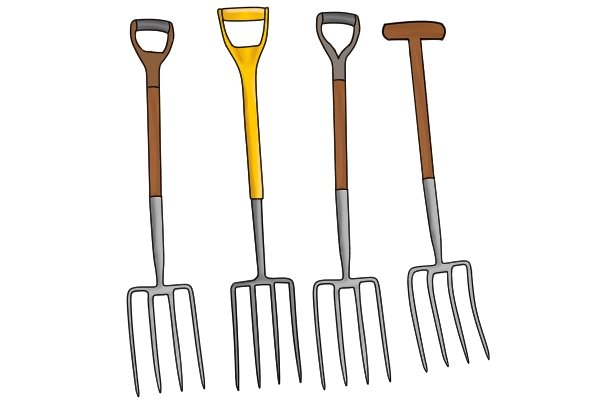 |
Yes, the length of the shaft is important. There are a variety of fork lengths; the one you choose should be determined by your frame and the task you are doing. | |||
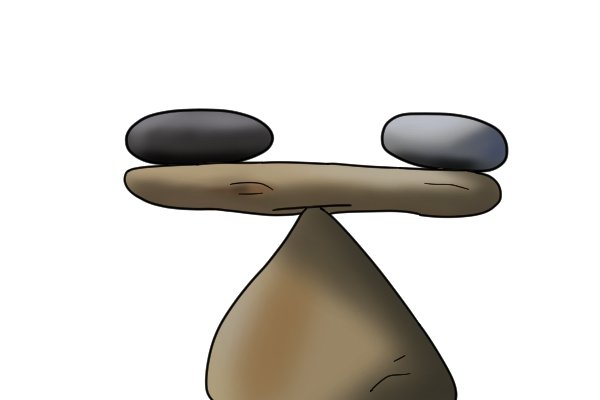 |
If you choose only one fork, try to find a balance between these two factors. | |||
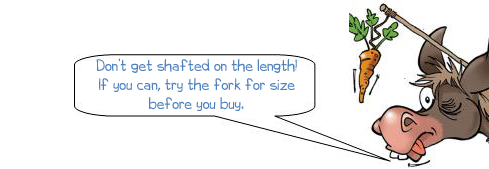 |
||||
Shaft lengths |
||||
 |
The standard length of a shaft is 700mm (28 inches). Depending on the size of the blade, this is usually suitable for people between 1.65m (5 ft 5) and 1.73m (5 ft 8) in height. For those taller, look for lengths from 800mm (32 inches). Some shafts measure as much as 1.4mm (54 inches) plus, e.g. a pitch fork. | |||
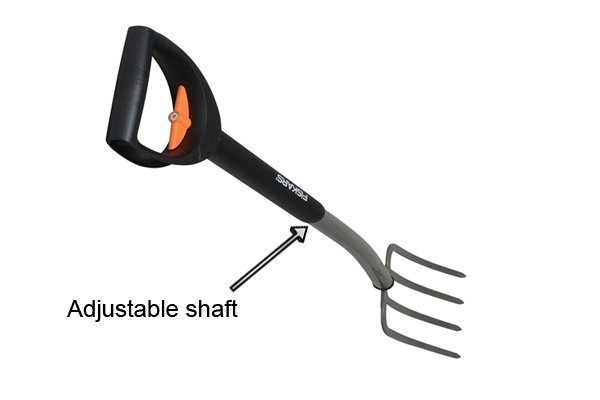 |
For more petite frames, look for a shaft of 660mm (26 inches) or less. A border fork is ideal with its slightly narrower and lighter form. Alternatively, a telescopic fork has an adjustable shaft usually ranging from 660mm (26 inches) to 800mm (32 inches) plus. | |||
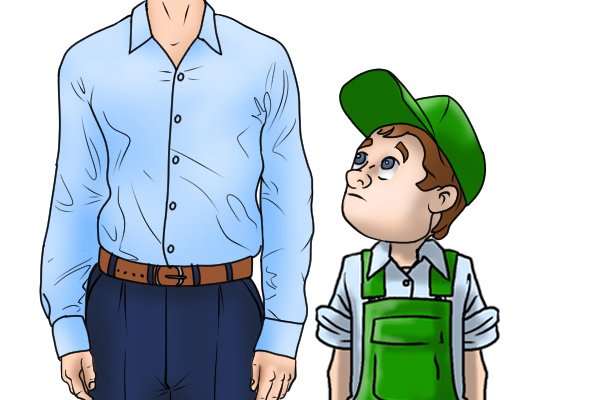 |
Match the length of the shaft to your heightWhen stood on its end – on the tip of the tines – the top of your fork’s handle grip should reach your lower chest. This will avoid constant stooping when working with the shovel. |
|||
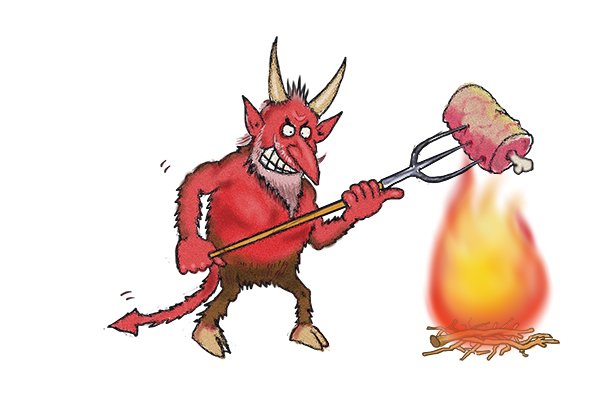 |
A longer shaft will allow a tall person to stand up straighter when working, reducing the amount of bending and back strain required. A longer fork also gives a wider reach when grasping the shaft. For more information, see the page: What do we mean by leverage? | |||
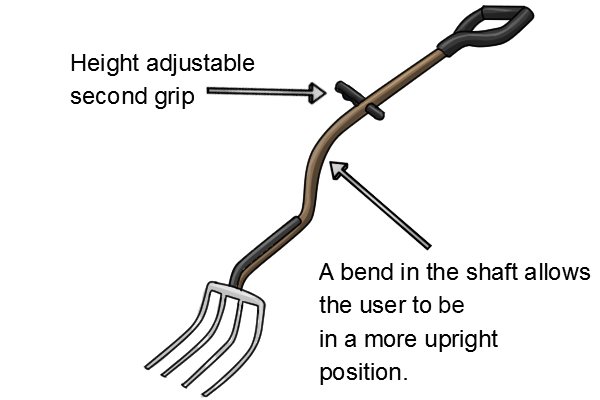 |
Likewise, a shorter person digging with a long fork may find it harder to apply enough force from the handle. A longer shaft will also make lifting the fork more difficult. In this respect, look for a fork with a bent shaft, i.e. an ergonomic fork. The bend in the shaft makes the top part work in a more horizontal position, which means the user does not have to stoop so low, thus reducing back strain. | |||
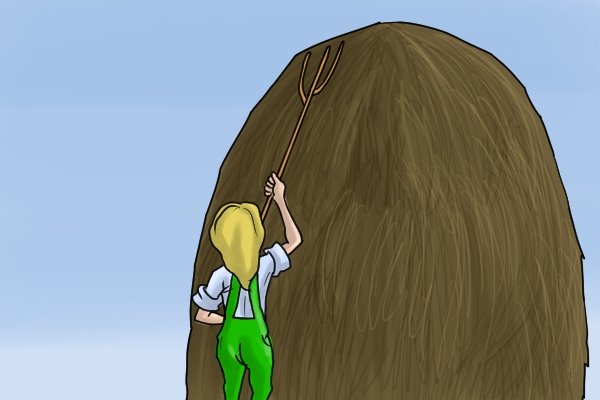 |
Match the length of the shaft to the taskForks with long shafts tend to provide more power to dig through harder materials and more leverage to pitch and throw material into a heap. Longer shafts are best for…Digging deep holes and trenches, cutting through turf, awkward weeds and dense materials, spreading hay from hay bales. |
|||
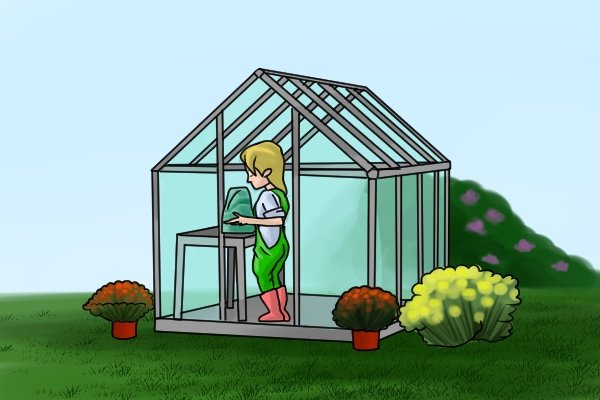 |
Forks with shorter shafts give you more control for delicate work such as digging in flower beds and confined spaces, against a wall and in tight corners.
Shorter shafts are best for…Working in small areas such as a greenhouse. |
|||






